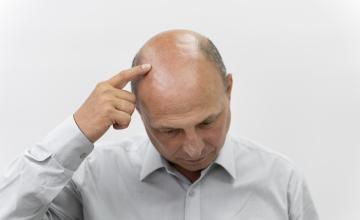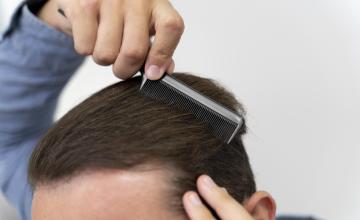What Is DUPA?
Diffuse Unpatterned Alopecia (DUPA) is a form of genetic hair loss characterized by diffuse thinning over the entire scalp. Unlike Diffuse Patterned Alopecia (DPA), DUPA lacks the stable permanent zone associated with other forms of alopecia.
Dr. O'tar Norwood defined DUPA in his 1975 seminole publication "Male Pattern Baldness: Classification and Incidence" as:
Diffuse, Unpatterened Alopecia (DUPA). In this type, there is a general decrease in the density of hair without any definite pattern, although it is usually more marked over the top and front. This type is common in women.
Identifying DUPA
Diffuse Unpatterned Alopecia patients have a similar pattern of hair loss to DPA patients but the balding tends to occur more rapidly. DUPA patients are also more likely to achieve the “horseshoe” pattern commonly associated with Norwood class VII baldness. However, unlike other forms of alopecia hair loss, the DUPA “horseshoe” takes on a thin and transparent appearance.
It is important that patients suffering from diffuse hair loss are properly diagnosed. While DPA patients are often good candidates for surgical hair restoration, DUPA patients typically make poor hair transplant patients due to the lack of a stable zone in which to harvest donor grafts.
Treatment for Diffuse Unpatterned Alopecia
Not a lot is known about the cause and treatment of DUPA. However, about half of males who suffer from this form of balding benefit from Propecia (finasteride). Unfortunately, DUPA is about 10 times more common in females for whom Propecia is not a treatment option.
Conclusion
Anyone suffering from diffuse hair loss should consult with a dermatologist or hair restoration physician for a proper diagnosis. This is especially true for balding men and women considering hair transplant surgery.





